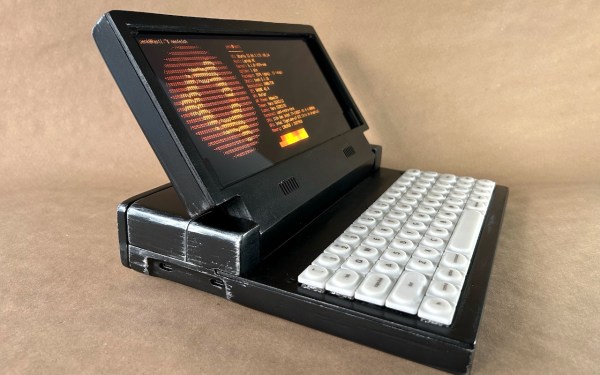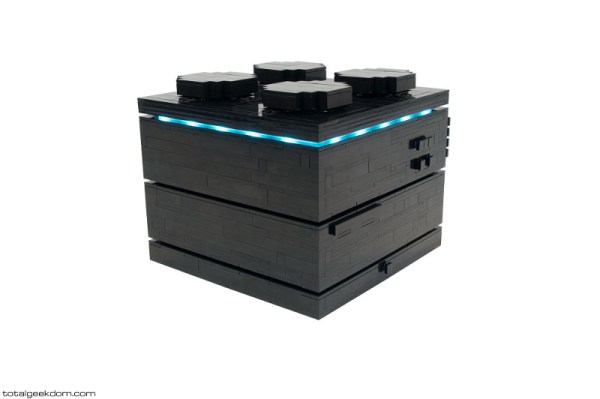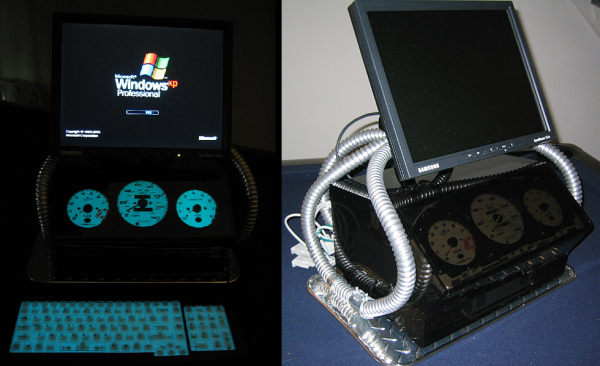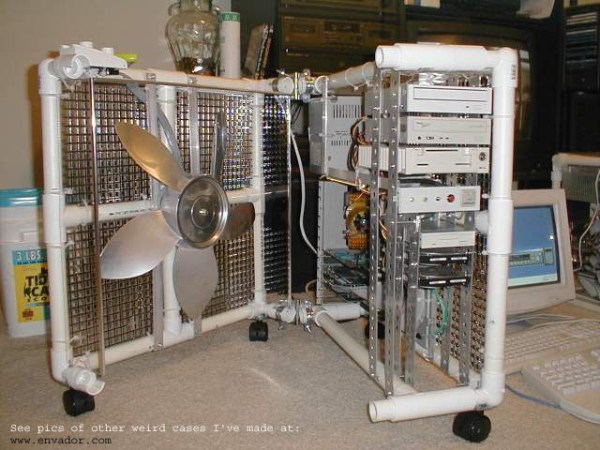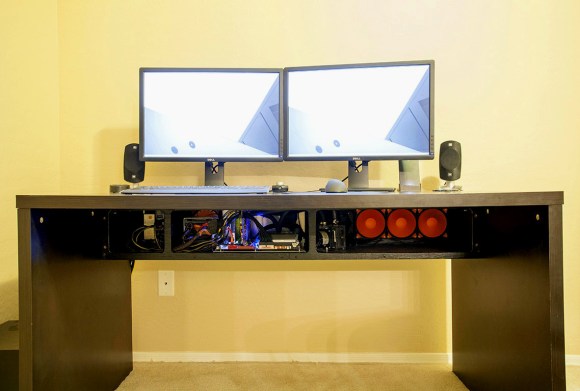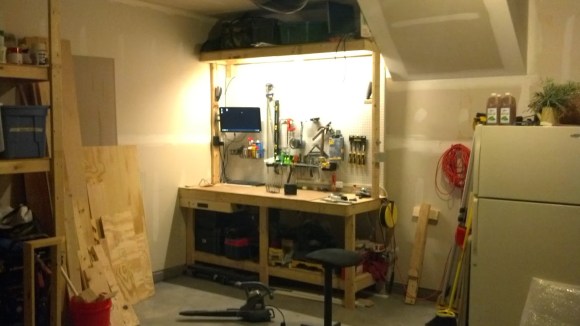Today, every laptop pretty much looks like every other laptop. Sure you might run into a few different colors and screen sizes out there, but on the whole, all the manufacturers have pretty much agreed on the basic shape and nobody is looking to rock the boat with something different.
Ah, but it wasn’t always so. Before the form factor we all recognize today took over, there were all sorts of interesting variations on the basic portable computer concept. For the Rasti, creator [Penk Chen] definitely took some inspiration from the iconic (and largely unobtanium) GRiD Compass of NASA and Aliens fame. But while its 3D printed case might look like a product of the early 1980s, on the inside, it features a Framework Laptop 13 mainboard using an 11th gen Intel CPU.
In addition to the widescreen 10.4 inch (1600 x 720) QLED display from Waveshare, the Rasti also includes a custom mechanical keyboard that’s actually been spun off into its own project. So even if you can’t swing building the whole Rasti, you could still find yourself tapping away on its vintage-styled input device.
Somewhat unsurprisingly, this isn’t the first time we’ve seen somebody 3D print a computer inspired by the GRiD Compass. The GRIZ Sextant we covered back in 2021 was another triumph that would be the envy of any hacker meetup.

